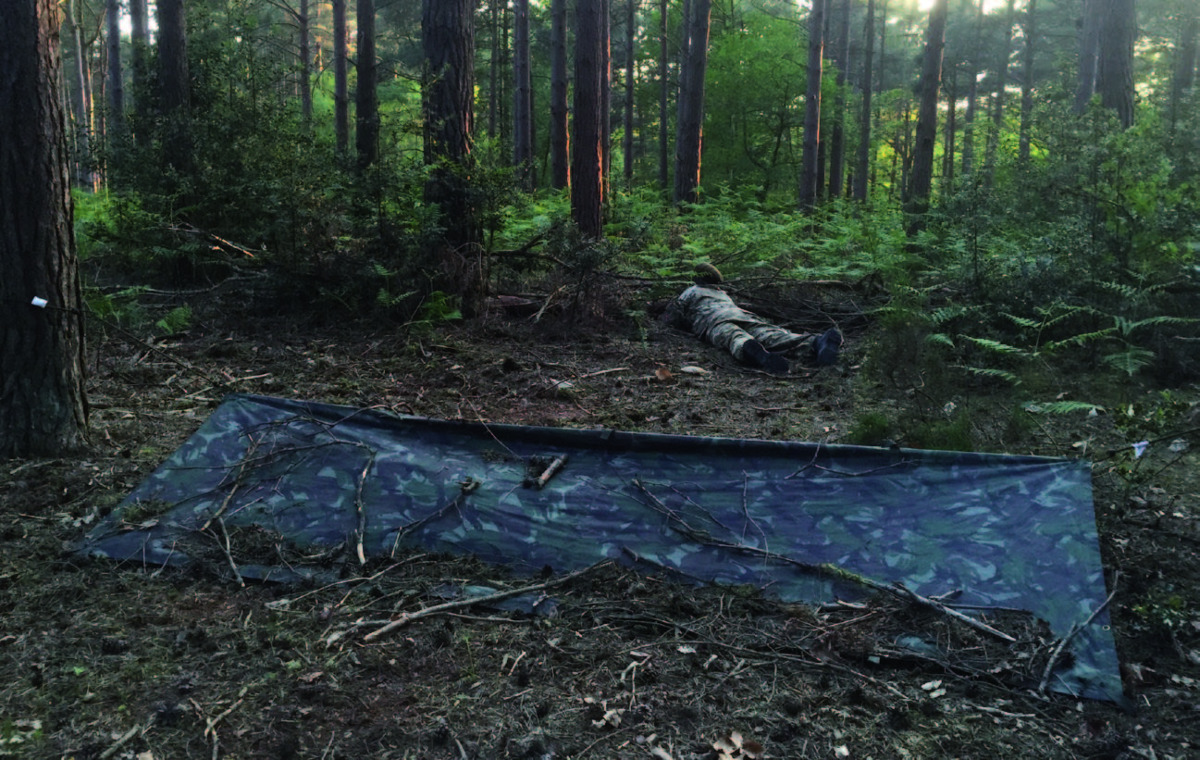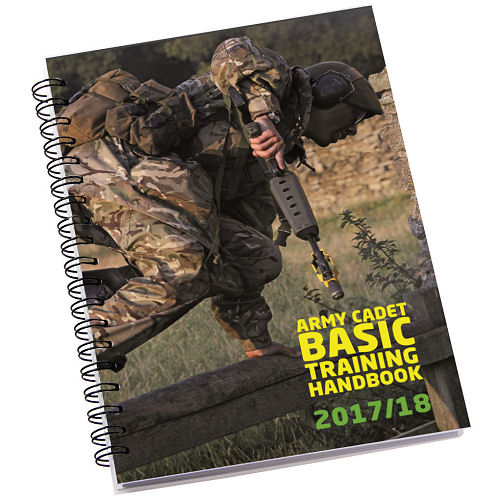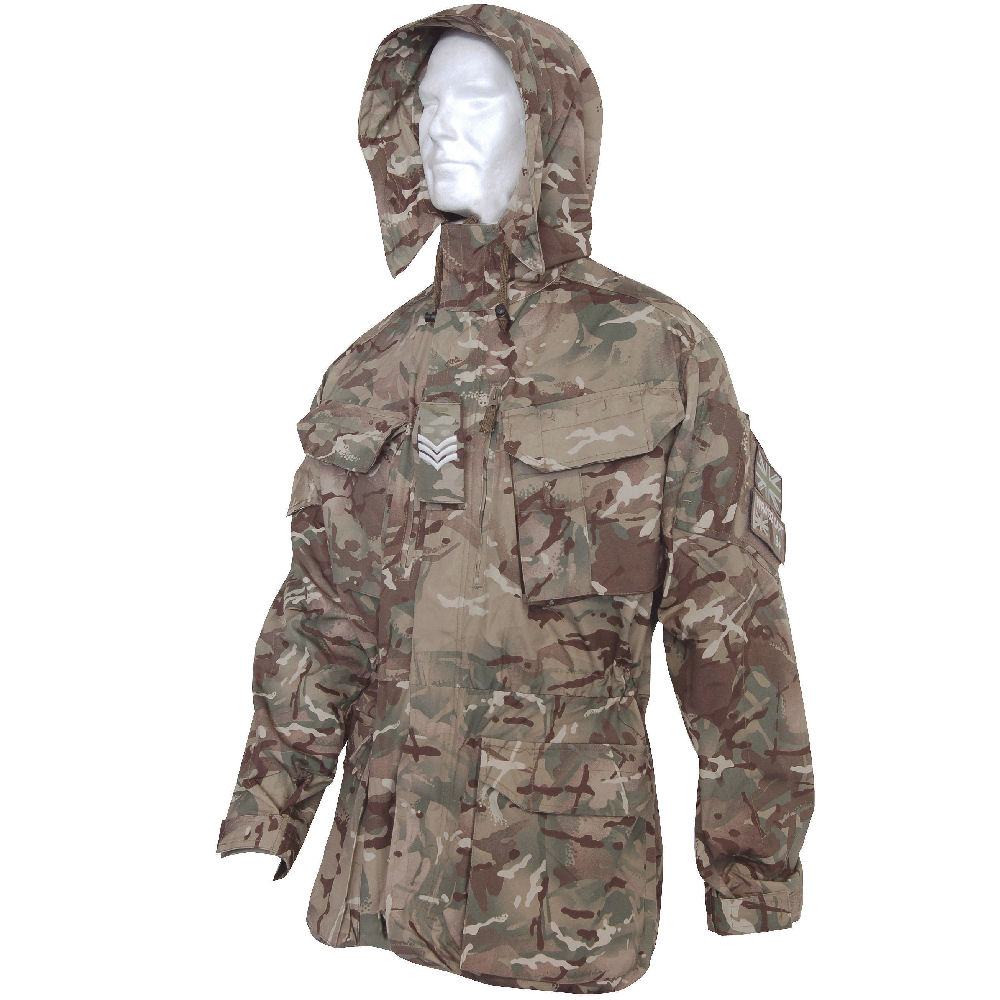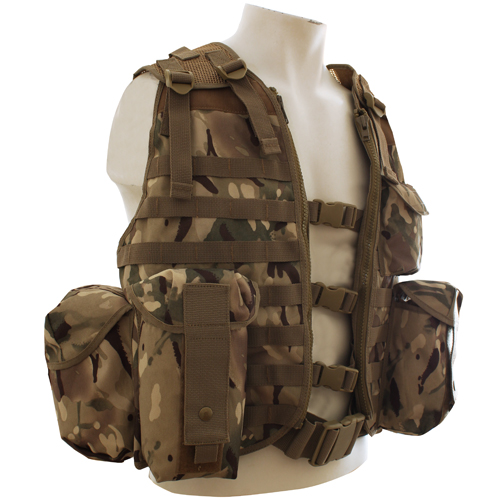Fieldcraft & Tactics: excerpt from The Army Cadet Basic Training Handbook
Fieldcraft - Overview
Fieldcraft covers everything to do with military life outdoors. Being ‘out in the field’ means that you are away from modern facilities and have to operate and survive with just whatever you can carry and take with you. This can be in woodland, fields or even mountainous areas.
This is an excerpt from The Army Cadet Basic Training Handbook.
This is a general overview of what fieldcraft is about:
•Looking after yourself and your equipment
•Providing your own food and shelter
•How to move and observe without being seen
•Observing, and judging distances
•Moving around in a section and patrolling
•Operating outside at night
•Reacting to enemy fire and contact with an enemy
•Defending against attack and using sentries.
There are many lessons covering different aspects of fieldcraft, but most are hands on and are lots of fun. As you progress through the APC syllabus, fieldcraft training is more about practical application of skills learnt as well as the development of leadership skills.
Here is a breakdown of what to expect at each star level:
Basic training: Preparation and packing of personal equipment, ready for fieldcraft training.
One star training: How to be self-reliant in the field and look after yourself and your own equipment. You will also learn the basic skills needed to operate as a rifleman within a section.
Two star training: Further training will give you better understanding of patrolling and patrol harbours. Your skills as a rifleman will be developed to allow you to take part in recce patrols, standing patrols and the occupation of patrol harbours.
Three star training: Your skills as a rifleman will be further developed to allow you to take part in fighting patrols and contact with the enemy and attacks in various situations. You will also be introduced to basic leadership skills.
Four star training: At this point all major topics will have been covered, so the emphasis will now be on leadership and the ability to lead a section of cadets.

Preparation and packing of equipment - CEFO
When training out in the field, there are certain items you will need to take with you. The items you need depend on the type of training you are doing and how long you will be away from camp for.
C- Complete
E - Equipment
F - Fighting
O - Order
• This is the minimum you will take in the field or onto a shooting range
• You will only take essential items so that you can move and work a lot easier
• Not suitable for extended or overnight exercises
• Everything should be packed so as not to rattle and make noise when moving
• Items that may get damaged by water should be placed into waterproof bags.
PLCE Webbing (PLCE = Personal Load Carrying Equipment)
Possible extra items for utility pouches:
• Cold weather gear (hat, gloves, scarf etc.)
• Warm weather gear (sun cream, bush hat etc.)
• Foot gear (spare socks, laces, foot powder etc.)
• KFS (Knife, Fork & Spoon)
CEMO
When taking part in longer exercises where you will be required to stay out over night, more equipment is needed, so you need more carrying capacity.
C - Complete
E - Equipment
M - Marching
O - Order
• This is everything you need to survive and operate for longer than one day
• You will only take essential items so that you are not carrying too much
• Items that may get damaged by water should be placed into waterproof bags
Extra items to pack:
• Small wash kit (toothbrush/paste soap etc.)
• Boot cleaning kit (polish, brush and cloth)
• Rubbish bag
• KFS (Knife, Fork & Spoon)
• Mess tins, rations and cooker
Extras & alternatives
When training out in the field or on a range there are a few extra essentials you will need as well as some alternatives that can be considered.
Needs to be with you when in the field or on a range.
- Notebook and pen/pencil
• Compass
• Spare spoon
• Tissues/toilet paper
• Whistle
• Gloves
Daysack
Useful for full days of training when not staying out overnight.
• Snacks and extra water
Assault vest
An alternative to webbing - pack the same as CEFO.
Staying away from home
Most fieldcraft exercises and a lot of range days will occur as part of an extended time away from home, either over a weekend or a two week camp. When not sleeping out in the field, you will most likely be based at a regular army camp, sleeping in normal beds, so will need extra items to those already listed.
Clothing - Dependant on length of stay
• Uniform (trousers, shirt, t-shirt, beret, twisters, rank slide, belt, jacket, boots)
• Spare uniform (trousers, shirts, t-shirts)
• Spare boots if you have them (especially if out in the field and in the classroom)
• Civilian (civvy) clothes and shoes for evening wear and/or adventurous activities
• Spare underwear
• Extra cold weather clothing if it’s cold (fleece, hat, gloves etc.)
• Sun screen and jungle hat if it’s warm
• Physical Training (PT) clothing and trainers
Sleeping
• Sleeping bag or duvet (for in camp)
Extras
• Wash kit (shower gel, shaving kit, deodorant, toothpaste, toothbrush, wet wipes)
• Towel and flannel
• Money (just enough for your time away)
• Mobile phone & charger
• Notebooks and pens
• Padlock for locker
• Any personal medicine/tablets (to be handed in to staff to look after)
Author Credit - cadetbooks.com
You have just read chapter 4 of The Army Cadet Basic Training Handbook 2017 - 18. If you'd like to purchase the full version please visit this link.










